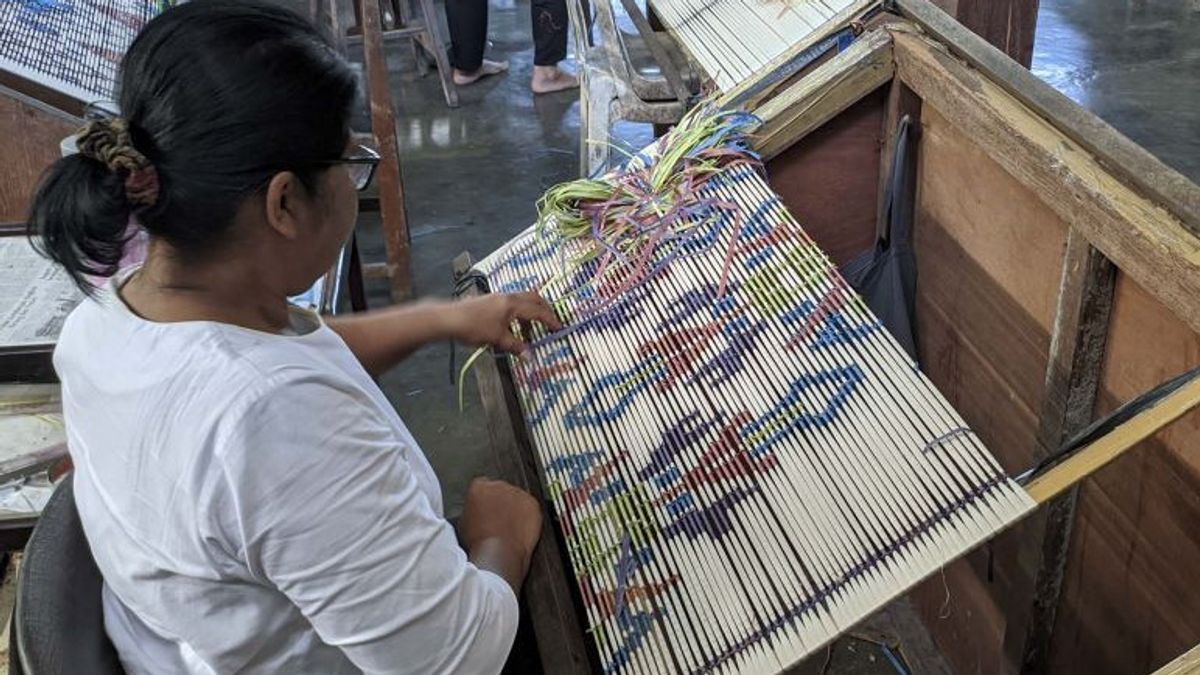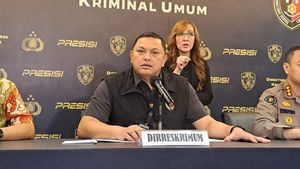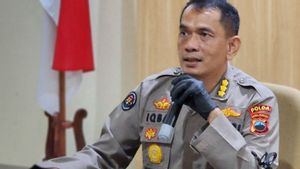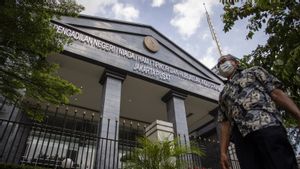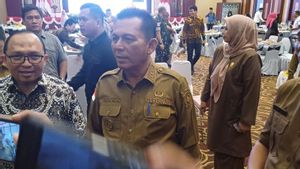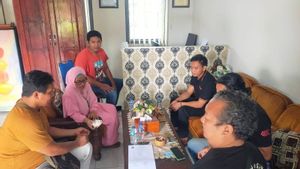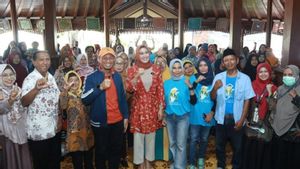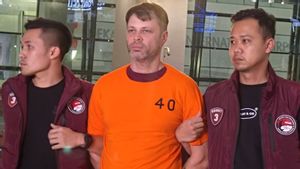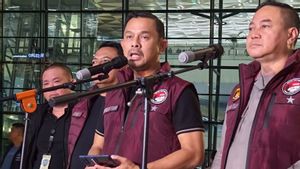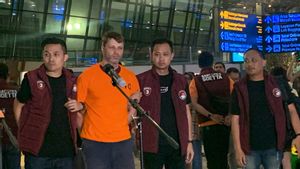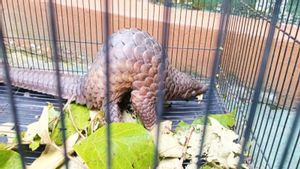DENPASAR - Indonesia has a diversity of ethnic groups and cultures, including arts, traditions, and customs. The nation's cultural wealth, among others, is in the form of woven cloth products.
As with other regions in Indonesia, Bali Island has traditional woven fabrics which are widely known in the community, namely endek cloth.
Quoted from the Bali and Nusa Tenggara Ecoregion Development Control Center, endek woven fabric is a creative cultural heritage of the Balinese people which has been registered as Communal Intellectual Property for Traditional Cultural Expressions at the Directorate of Intellectual Property, Ministry of Law and Human Rights on December 22, 2020.
Specifically in Denpasar City, the traditional woven cloth craft which is quite famous is the endek woven cloth "Sekar Jepun".
The existence of Endek Sekar Jepun woven fabric is still maintained today. This is because the Governor of Bali I Wayan Koster has officially imposed "The Use of Clothing Made from Balinese Endek Woven Fabrics Every Tuesday" as stated in the Governor of Bali Circular Letter Number 4 of 2021 concerning the Use of Balinese Endek Woven Fabrics/Balinese Traditional Woven Fabrics.
"Nowadays, the government has encouraged the use of endek, so many employees and young people wear Endek Sekar Jepun cloth," said Etmy Sukarsa, owner of the production house for Endek Sekar Jepun woven fabrics, reported by ANTARA, Friday, March 3.
This Endek Sekar Jepun woven fabric has its own charm because it is only produced in the city of Denpasar.
Those who usually wear endek cloth, know for sure because the sekar jepun motif is not circulating in the market, because it is only produced here.
Etmy Sukarsa sells Endek Sekar Jepun woven fabrics, priced at IDR 800,000 to IDR 1.3 million per strand measuring 2.5 meters in length. This cloth can be purchased by visiting the production house located at Sekar Jepun 1 Street No. 6, Kesiman Kertalangu, Denpasar City, or through online media.
“There are also many who buy from abroad, usually for souvenirs. They like works of art in Bali," said Etmy Sukarsa.
Uniquely, the main access road to the woven fabric production house uses the name Endek Sekar Jepun street.
"So I was here first. Here there used to be wide rice fields, there were no houses like now, Sekar Jepun was built in 1985 and Sekar Jepun street, my husband Ketut Sukarsa gave that name," said Etmy Sukarsa.
SEE ALSO:
Making process
Endek woven fabric is produced by weaving two threads perpendicular to each other. The production process for Endek Sekar Jepun cloth requires two different types of yarn, namely the warp type used as a base with size 80/2 and the weft thread used for motifs using size 64/2. However, you can also use silk and cotton threads of the same size as motifs.
"This thread is from India and China, because in Indonesia there is none. Now the price of silk thread can be up to IDR 4 million more per pack. So we just go with the flow and now just buy what we need," she said.
Etmy Sukarsa also explained that the chemical dyes used to color endek fabrics come from Java, because in Bali they often run out of stock.
Making a cloth with a length of 2.5 meters takes five to six days. In carrying out its production, currently Etmy Sukarsa has 10 craftsmen who are skilled because they have been working for decades to make Endek Sekar Jepun cloth. The craftsmen weave every day from 09.00 am to 16.00 pm.
For the production process, Etmy Sukarsa is still using traditional tools through five stages of processing.
The first stage is yarn spinning which is carried out to change the shape of the spool of yarn into one strong thread that will be used to make endek woven fabrics.
Then proceed with the desired basic thread dyeing process using chemical dyes.
After that, the coloring of the motif (ngani) is carried out. In this process, the yarn that has been dyed using the base color is then dried. After the thread is dry, then the thread is colored again according to the desired motif using a tool such as a toothbrush that is rubbed on the thread.
“So the warp yarn is dyed first with whatever color we want. There are many colors such as green, red, blue, and yellow. After being dyed, the yarn is dried,” said Etmy Sukarsa.
The next process is washing the weft threads that have gone through the process of coloring the motifs with clean water and then drying them.
The last is the process of weaving cloth (chopped) by arranging the warp and weft threads perpendicularly using traditional tools.

Loved by the First Lady
The Endek Sekar Jepun woven fabric production site received a visit from First Lady Iriana Joko Widodo with the Working Cabinet ministers in October 2019 on the agenda of her working visit to the island of Bali to carry out various activities.
During her visit, the first lady took time to buy several strands of Endek Sekar Jepun woven fabric.
“Mrs. Iriana used to buy four fabrics, she said they were good. She bought cloth with patra motifs, endek sekar jepun fabrics, three-dimensional patterned fabrics, and ordinary cotton endek," said Etmy Sukarsa.
Since the beginning of her business, Etmy Sukarsa admitted that she received orders from various hotels in Bali. Until one day she was invited to take part in an exhibition by the Denpasar City Industry Office.
“From the very beginning, I was in a relationship with the Department of Industry, I was often invited to attend exhibitions and introduce the fabrics I produce. So maybe this is indeed my path in the endek sekar jepun cloth business now," said Etmy Sukarsa.
In addition, the Endek Sekar Jepun fabric production site is also often used as a location for industrial visits from various schools or universities.
"I really want my child to be able to preserve Sekar Jepun, don't let it stagnate if possible try to keep it alive because this is one of the artistic heritages of Bali," concluded Etmy Sukarsa.
The English, Chinese, Japanese, Arabic, and French versions are automatically generated by the AI. So there may still be inaccuracies in translating, please always see Indonesian as our main language. (system supported by DigitalSiber.id)
